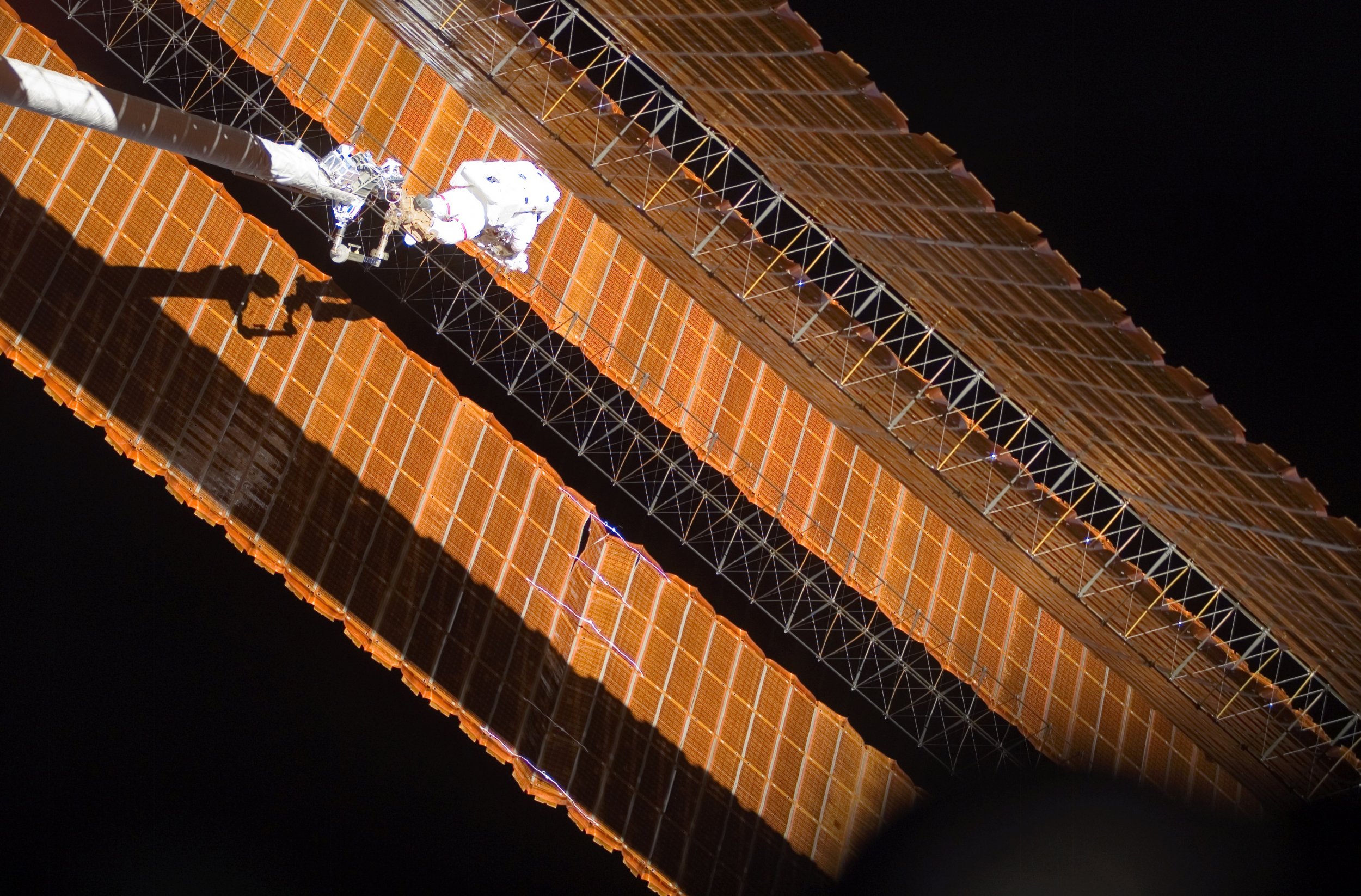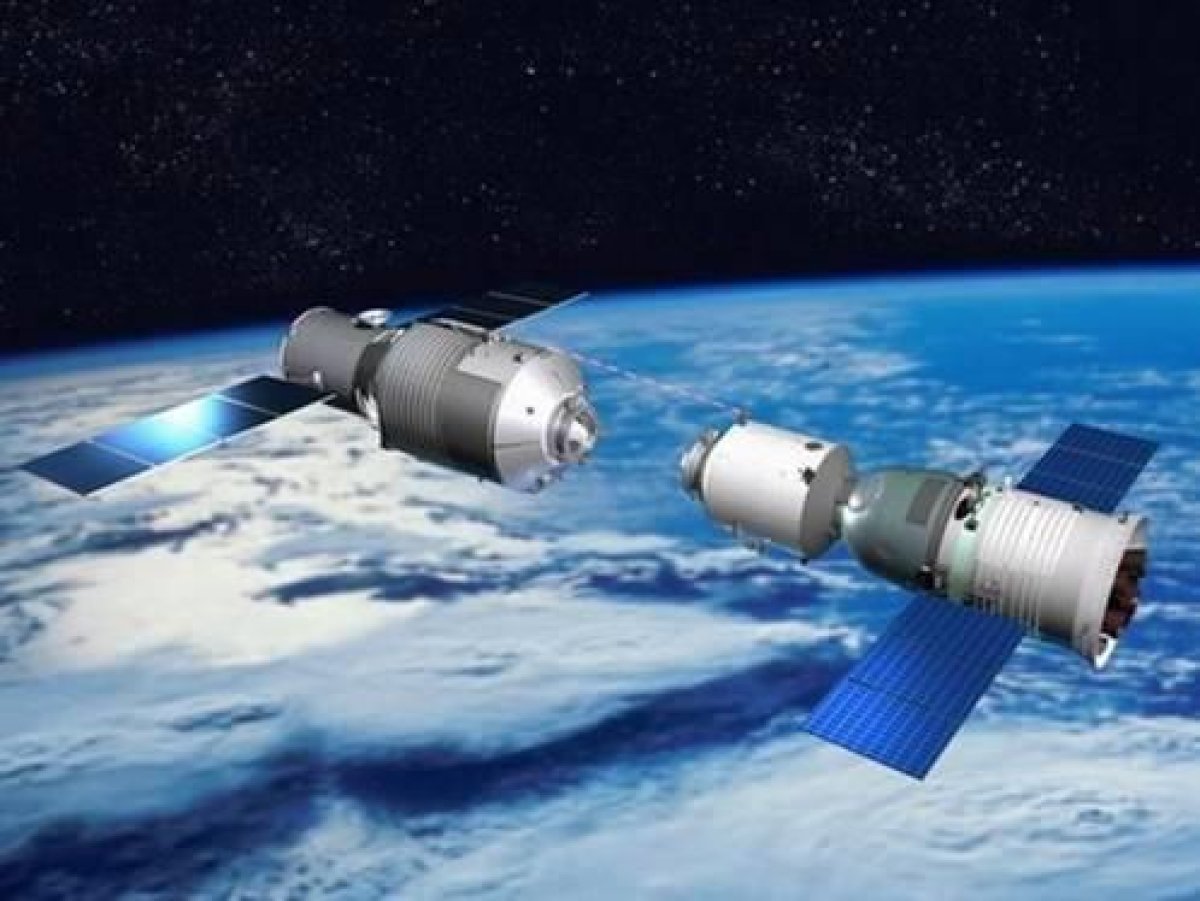
Chinese space station Tiangong-1 was only ever intended to be a test orbiter for its country, one that would help China prepare for a more permanent laboratory-habitat swinging around the planet. But with the recent news that it's close to crashing back down to Earth, people are paying closer attention to the doomed satellite.
This is how it stacks up against the International Space Station, a fully operating orbiter where astronauts continuously live and perform experiments.

Size matters
In a blog post about Tiangong-1's expected reentry to Earth, the European Space Agency described it as being 34 feet long, with that size split between two cylinders—its service and experiment modules. The latter is the habitable portion of the space station.
For comparison, the ISS is 357 feet long, according to NASA: "That's equivalent to the length of a football field including the end zones."
Getting heavy
When including the weight of its fuel as it was being launched in September 2011, the space station was reported to be about 19,000 pounds. As the ESA points out, that mass has probably significantly decreased from fuel being used to control Tiangong-1 in orbit and to keep the inside of the habitable section functioning.
But the ISS reportedly weighs more than 925,000 pounds—almost 50 times more than Tiangong-1.
Got the power
Tiangong-1 has two solar panels that are about 10 feet by 23 feet. Meanwhile, the ISS sports eight solar panels that are each 112 feet by 39 feet, according to NASA.
That means Tiangong-1 has 460 square feet of solar panels but the ISS has almost 35,000 square feet.
The eight solar arrays on the ISS have a capacity between 84 and kilowatts and 120 kilowatts.
Other quick facts
Although Tiangong-1 was launched as recently as late 2011, pieces of the ISS have been in orbit since late 1998. Over time, space agencies from around the world have built it up, so that now it has several modules and solar panels.
Tiangong-1 was originally sent into an orbit about 217 miles above the Earth, according to Space.com, while the ISS orbits closer to 250 miles up.
Uncommon Knowledge
Newsweek is committed to challenging conventional wisdom and finding connections in the search for common ground.
Newsweek is committed to challenging conventional wisdom and finding connections in the search for common ground.
About the writer
To read how Newsweek uses AI as a newsroom tool, Click here.








